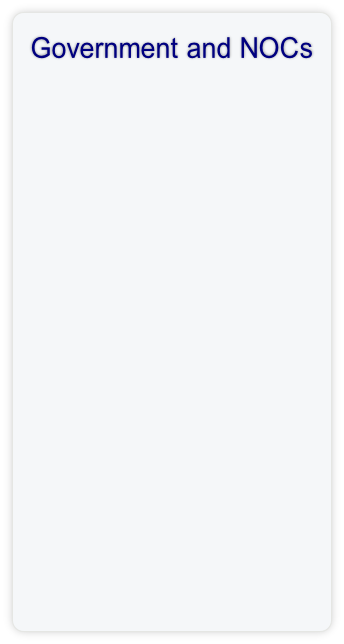
Globalshift.co.uk - copyright © 2009 to 2024; All rights reserved.
Data in this website may not be the most recent available Home | Terms of use
| Contact


Honduras (the Republic of Honduras) is bordered by Guatemala (west), El Salvador and Nicaragua (south), and the Gulf of Honduras in the Caribbean Sea (north). It has a narrow Pacific coastline. Prior to 1580 the name Honduras was used for the east and Higueras for the west and it has also been called Guaymuras.
Honduras was populated by Mayans and other tribes prior to Columbus visiting in 1502. From 1524 it was progressively conquered (for silver), becoming Spanish Honduras and part of the Kingdom of Guatemala but the Mosquitia in the northeast resisted Spanish dominance with the support of the British.
Achieving independence from Spain in 1821 it joined the First Mexican Empire until 1823 and then the United Provinces of Central America Federation. In 1838 it reverted to an independent republic but was later involved in many attempts to restore central American unity.
In the early 20th Century US companies gained special rights to develop the banana industry from which the term ‘Banana republic’ originated.
Although the country has rich resources including minerals, coffee, fruit and sugar cane and a growing textiles industry, it has endured years of social strife and political instability and remains very poor.
Honduras consists mainly of mountains with narrow plains along the coast. A large undeveloped lowland jungle, La Mosquitia, lies in the northeast. A few wells have been drilled onshore within its limited sedimentary areas without success and similarly around 10 wells have been drilled offshore in the Caribbean Sea.
The last offshore well was started in 1979. Since 2009 companies have expressed interest in exploration, particularly in the Mosquitia and Patuca Basins. Contracts were delayed as a new hydrocarbon law was written but initial exploration activity was beginning in 2013. The decline in the oil price has delayed drilling of wells.
Despite the renewed interest, the country still has no identified indigenous oil or gas resources, either onshore or offshore. Globalshift believes it is very unlikely to achieve any commercial production onshore due late stage faulting and uplift. Offshore, its deeper waters may have potential however, the country is unlikely to find and develop any significant reserves, at least in the short and medium term.

HONDURAS
Map and National Flag


CENTRAL AMERICA
Moving cattle
Central America






Capital
Population
Land area (sq kms)
Oil prod (000s b/d)
Gas prod (bcm/yr)
Oil cons (000s b/d)
Gas cons (bcm/yr)



Tegucigalpa
7.6 mm
112,492
None
None
65
None

Honduras is a democratic republic with the President as head of state and head of government. Executive power is exercised by the Honduran government.
Legislative power is vested in the National Congress which has 128 members elected for a four-year term.
Responsibility for petroleum exploration and production rests with the General Directorate of Mines and Hydrocarbons (DGMH) which is part of the Ministry of Natural Resources.
Click below for:


Excel files - histories and forecasts of production and wells for all countries and regions


